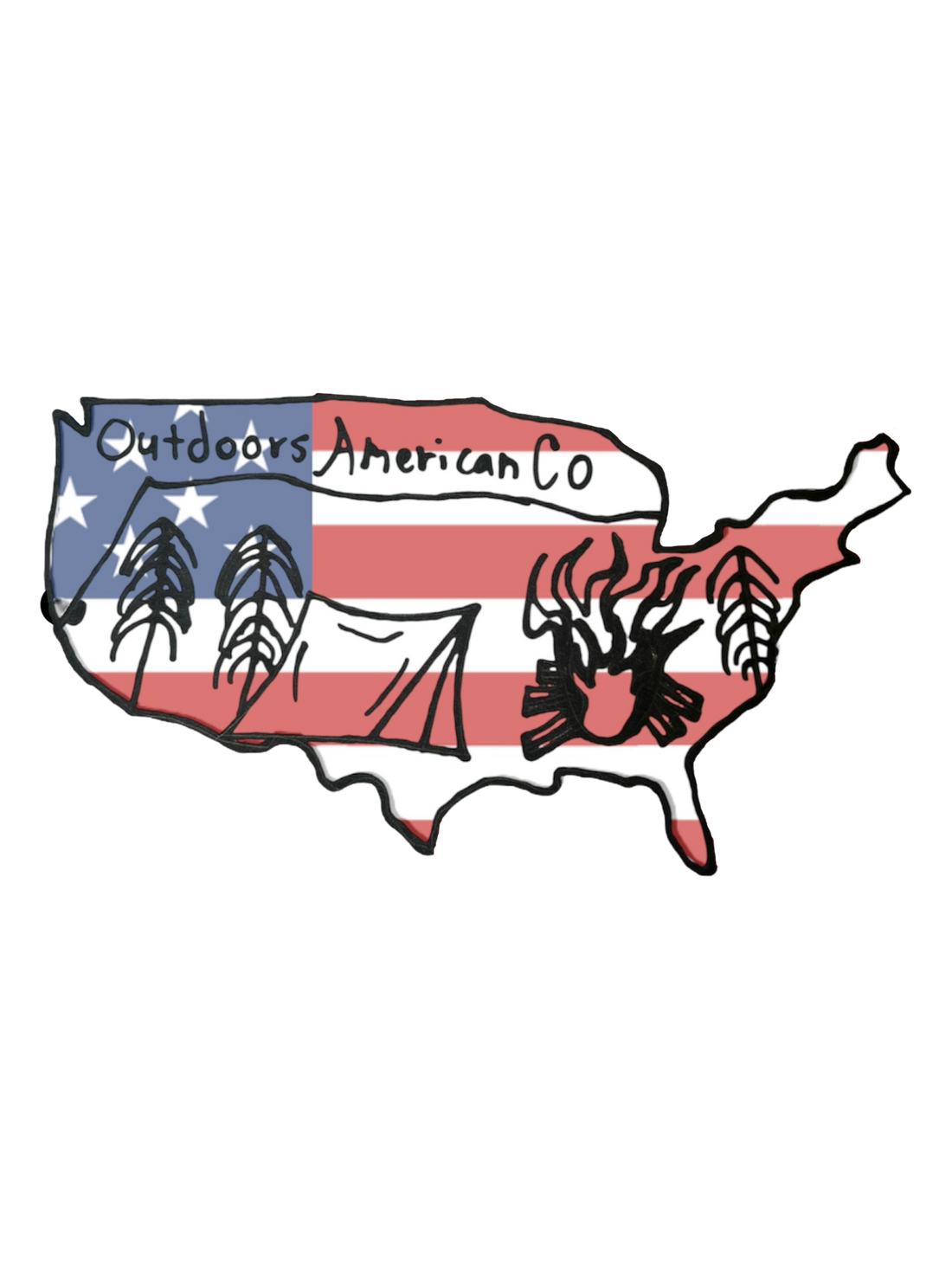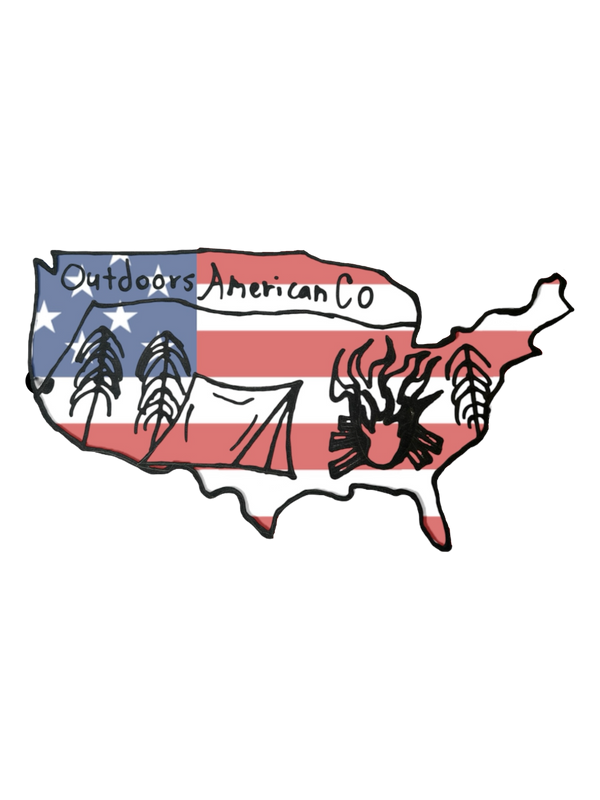
Embrace the Outdoors: Why Nature is Your Best Medicine and What to Wear to Feel Your Best in 2025
Share
The Profound Impact of Nature on Human Well-being
In our increasingly digital world, it's easy to become disconnected from the natural environment. However, the evidence is mounting: spending time outdoors is not just a pleasant pastime, but a fundamental necessity for our physical, mental, and emotional health. As we navigate 2025, making a conscious effort to reconnect with nature offers a powerful antidote to the stresses of modern life.
Physical Health Benefits of Outdoor Exposure
The benefits of getting outside are multifaceted and profound. Regular exposure to nature can:
- Boost Vitamin D Levels: Sunlight is our primary source of Vitamin D, crucial for bone health, immune function, and mood regulation. Even short periods in the sun can significantly increase your levels.
- Enhance Cardiovascular Health: Activities like walking, hiking, or cycling in natural settings often involve moderate physical exertion, which strengthens the heart and improves circulation. Studies suggest that being in green spaces can lower blood pressure and heart rate.
- Improve Sleep Quality: Exposure to natural light helps regulate our circadian rhythms, the body's internal clock. This leads to better sleep patterns, making it easier to fall asleep and wake up feeling refreshed.
- Strengthen the Immune System: Research, particularly in countries like Japan with its concept of 'forest bathing' (Shinrin-yoku), suggests that inhaling phytoncides, airborne chemicals produced by plants, can boost immune cell activity and reduce stress hormones.
- Increase Physical Activity: The allure of natural landscapes often encourages more movement than a gym workout. The varied terrain and engaging scenery make exercise feel less like a chore and more like an adventure.
Mental and Emotional Rejuvenation in Nature
Beyond the physical, the mental and emotional benefits of spending time outdoors are equally significant. Nature has a unique ability to calm the mind, reduce anxiety, and foster a sense of peace.
- Stress Reduction: Simply being in a natural environment has been shown to lower cortisol levels, the body's primary stress hormone. The sights, sounds, and smells of nature can be incredibly restorative.
- Improved Mood and Reduced Depression: Exposure to nature can combat feelings of sadness and lethargy. The vibrant colors, fresh air, and sense of awe can elevate mood and promote feelings of happiness.
- Enhanced Cognitive Function: Spending time in nature can improve focus, attention span, and creativity. It provides a 'soft fascination' that allows the brain to rest and recharge, leading to better problem-solving skills.
- Increased Mindfulness and Presence: The natural world encourages us to be present in the moment, to observe and appreciate our surroundings. This practice of mindfulness can reduce rumination and promote a greater sense of well-being.
- Connection and Community: Outdoor activities often provide opportunities for social interaction, whether it's joining a hiking group or simply sharing a park bench. This sense of connection is vital for mental health.
The Crucial Role of Attire: How What You Wear Impacts How You Feel Outdoors
While the benefits of nature are undeniable, our experience can be significantly enhanced – or diminished – by what we choose to wear. The right clothing is not just about comfort; it plays a direct role in regulating our body temperature, protecting us from the elements, and ultimately, influencing our mood and willingness to stay outdoors.
Comfort and Temperature Regulation
The most immediate impact of clothing is on comfort. Being too hot, too cold, or having your skin irritated by uncomfortable fabrics can quickly turn an enjoyable outdoor excursion into a miserable one. Investing in breathable, moisture-wicking fabrics is key. For warmer weather, light, loose-fitting clothing made from natural fibers like cotton or linen can help you stay cool. In cooler conditions, layering is essential. Start with a base layer that wicks away sweat, add an insulating mid-layer (like fleece or down), and finish with a windproof and waterproof outer shell. This allows you to adjust your clothing to changing temperatures and activity levels, ensuring sustained comfort.
Protection from the Elements
Appropriate clothing provides vital protection. This includes:
- Sun Protection: Long-sleeved shirts, hats with wide brims, and sunglasses are crucial for preventing sunburn and reducing the risk of skin cancer. UV-protective clothing is an excellent investment for prolonged outdoor exposure.
- Insect Repellency: For many outdoor environments, wearing long pants and sleeves can deter biting insects like mosquitoes and ticks, reducing the risk of uncomfortable bites and potential diseases.
- Weather Resistance: Waterproof and windproof jackets and pants are indispensable for unpredictable weather. Staying dry and protected from the wind prevents body heat loss and hypothermia.
The Psychological Impact of Your Wardrobe
Beyond practicality, the clothes we wear can subtly influence our psychological state. Wearing clothing that makes you feel confident, capable, and prepared can significantly enhance your outdoor experience. For instance, wearing sturdy hiking boots can make you feel more adventurous and ready to tackle a trail. Brightly colored outerwear can not only increase visibility for safety but also boost your mood and energy levels. Conversely, wearing ill-fitting or inappropriate attire can lead to self-consciousness, discomfort, and a premature end to your time in nature.
Making the Right Choices for Your Adventure
When planning your outdoor time, consider the following:
- Know your environment: Research the typical weather conditions and terrain.
- Dress in layers: This is the golden rule for adapting to changing conditions.
- Prioritize comfort and functionality: Choose fabrics and styles that allow for freedom of movement and manage moisture.
- Don't forget accessories: Hats, gloves, and appropriate footwear are as important as your main clothing.
- Consider the psychological aspect: Choose clothing that makes you feel good and ready to embrace the outdoors.
Conclusion: Reconnect and Rejuvenate in 2025
In 2025, let's make a commitment to prioritize our well-being by reconnecting with the natural world. Whether it's a brisk walk in the park, a weekend hike, or simply enjoying your backyard, the benefits are immense. By paying attention to what you wear, you can ensure that your outdoor adventures are as comfortable, safe, and enjoyable as possible, further amplifying the profound positive impacts nature has on your life.
